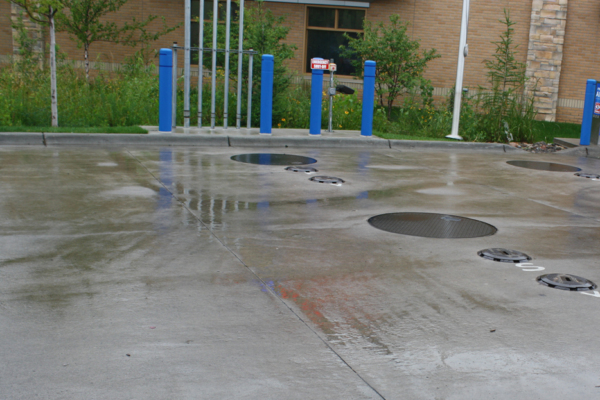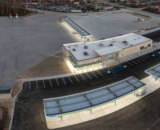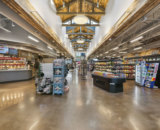Adding fuel lanes can help operators accommodate more traffic and draw in customers, but there are several key factors operators should consider when expanding their fuel offerings. Here are 11 best practices to employ when adding them to your location.
- Make sure the fueling canopy is well lit with LED lights. It makes a difference with later evening fueling gallons.
- If you can afford it, make your fueling canopy larger than normal in case you want to add future fuels underneath it in the same fueling lanes. In other words, planning ahead would enable you to have diesel, DEF, CNG, LNG or propane all under one roof.
- You could also pipe for these future fuels rather than tearing up concrete later on.
- Build a separate underground tank for commercial diesel. Install a minimum 20,000-gallon tank, but your tank size may vary depending on lanes and expected volume. Add a 30,000-gallon tank for three or more lanes if the expected volume warrants it.
- Add DEF at the pump. Depending on your location, you may need a heated cabinet. Ideally, your underground storage tank will be sized to be able to receive a full truckload, which is 5,200 gallons of DEF.
- You should consider having the fueling canopy connected to the main building and creating a side entrance to building close to diesel canopy.
- Make sure the fueling lanes are at least 14-feet wide. Also, the canopy height must exceed 14 feet.
- Create space so trucks have the ability to properly stage when preparing for fueling. You’ll also want to ensure trucks have the ability to pull up once fueling process has been completed out of professional courtesy for next driver in fueling process.
- Ingress and egress are very important for professional drivers and commercial vehicles. A separate entrance and or exit preferred but not necessary.
- If possible, build an MPD on no curb. Not having a step up will prevent trips and falls.
- Use reinforced bollards in front and in back of the fueling equipment.
Hop on over to our sister site, Travel Center Profit Drivers, for 11 more ideas for adidng fuel lanes.
Subscribe to Updates
NATSO provides a breadth of information created to strengthen travel plazas’ ability to meet the needs of the travelling public in an age of disruption. This includes knowledge filled blog posts, articles and publications. If you would like to receive a digest of blog post and articles directly in your inbox, please provide your name, email and the frequency of the updates you want to receive the email digest.



